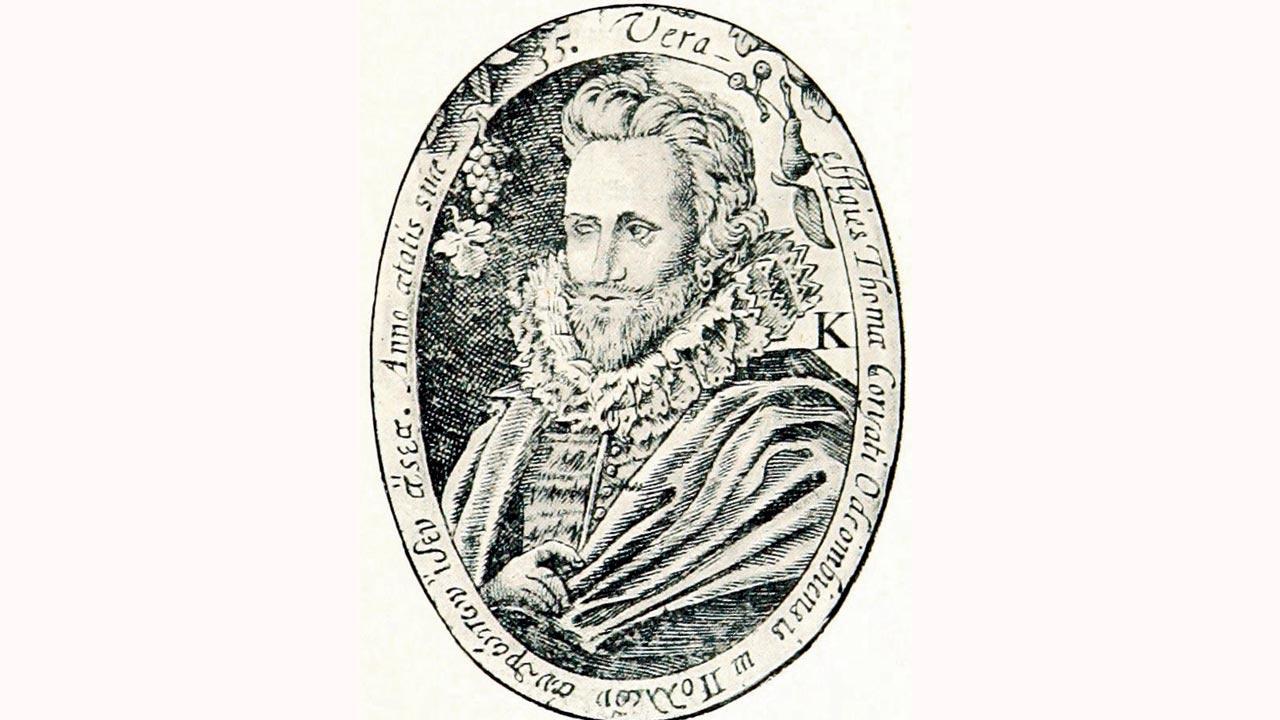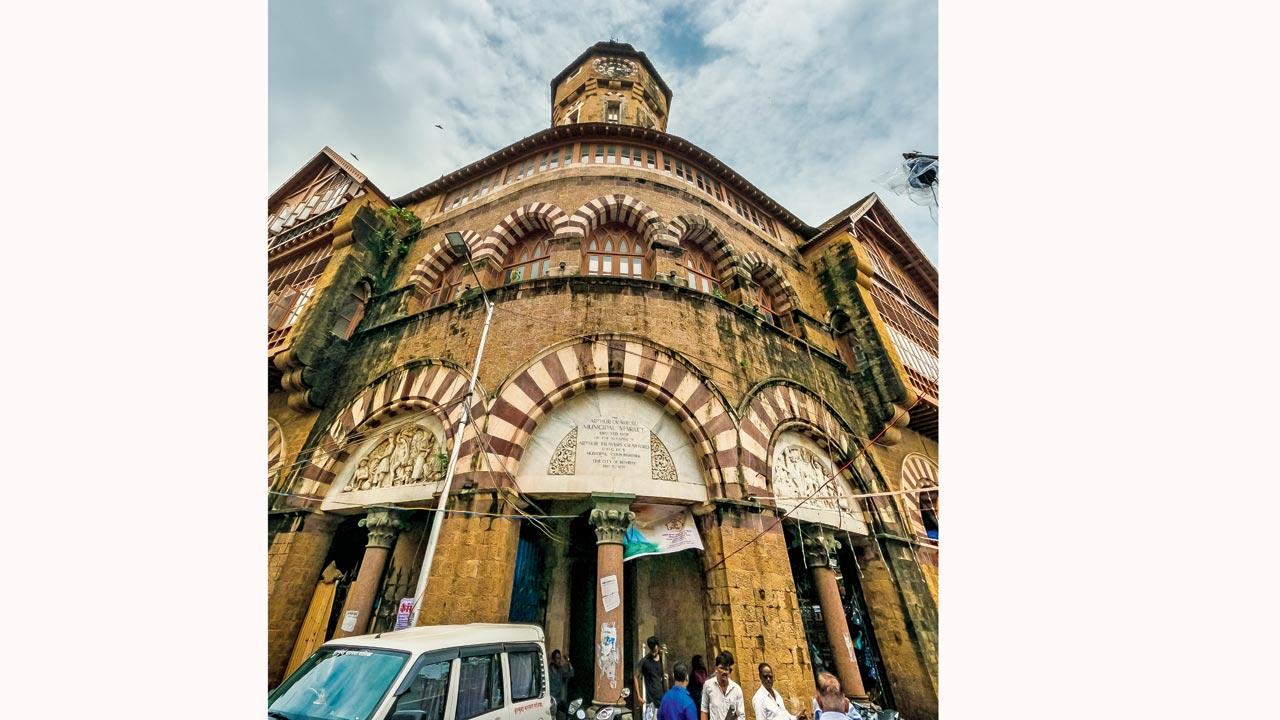The last book by Dom Moraes, which he co-wrote with partner Sarayu Srivatsa, rewinds to 17th century India under the Mughal rule as seen by adventurous British traveller Thomas Coryate

Thomas Coryate. Pic Courtesy/British Library
In the book The Long Strider in Jehangir’s Hindustan (Speaking Tiger), Sarayu Srivatsa recalls Dom Moraes’s words. “We have only five letters that [Thomas] Coryate wrote from India. Beyond this, we have to reconstruct from available facts, reinvent his life all the time… Seriously, Sarayu, we are going to have to imagine a lot.” Moraes was speaking about the 17th century traveller from Odcombe, England — “an eccentric man” — who would travel from Somerset to India by foot to write about places that were mysterious to the West. “Master Ben, it is to the Indies that I wish to go,” he would tell the British playwright and poet, Ben Jonson. Although his ambition was fulfilled, his hope of seeing an enchanting land was often ousted by its stark reality.
 Crawford Market
Crawford Market
ADVERTISEMENT
Moraes and Srivatsa, fascinated by Coryate’s story, decided to write a book that would trace this journey. Since their styles differed, they thought of experimenting by including an insider’s perspective of the country, Srivatsa’s, and an outsider’s perspective, Moraes’s. “Dom’s view of India is a bird’s eye view; my view of India is a worm’s eye view because I grew up here. He was able to see the overall picture, and for me, those were things that I had grown up seeing,” the Mumbai-based Srivatsa comments, when we speak with her. The book, therefore, became a dual travelogue that seamlessly weaved two narratives. One followed Coryate through the 1600s, and the other showed India of the late 1990s and early 2000s through the travels of the two authors, who were looking to understand Coryate’s life and his journey across various cities within India.
 Dom Moraes and Sarayu Srivatsa. Illustrations courtesy/Apoorva Lalit, Speaking Tiger
Dom Moraes and Sarayu Srivatsa. Illustrations courtesy/Apoorva Lalit, Speaking Tiger
Moments of lightness are injected through the character of the caterer-researcher-self-proclaimed-“face reader” Juzer, who unearthed interesting information on Coryate (or Coryati, as he’d call him). “He was classic — such a lively companion, especially during the long stretches of drive,” Srivatsa says, thinking of the time she spent with him. The authors often returned to Mumbai to write their book between the years 2000 and 2003. They first met the researcher in the city near the Lockwood Kipling Fountain (better known as Crawford Market Fountain), before they began visiting other places including Delhi, Agra, Ajmer, Vrindavan, Haridwar and Surat. Juzer’s way of thinking intrigued them. Once after meeting Srivatsa outside Iranian Cultural Centre, he took her on a tour through Crawford Market into Chor Bazaar, picking up clothes for himself and his family, running errands, egging her to eat Suleiman’s Aflatoon, and leading her into a mosque to show a community marriage. Meanwhile, a fuming taxi driver waited for him so they could continue their ride to Bandra, where they were to meet Moraes.
 Chor Bazaar. Pics Courtesy/Wikimedia Commons
Chor Bazaar. Pics Courtesy/Wikimedia Commons
In Srivatsa’s diary notes, we sense Moraes’s deteriorating health and, therefore, the stress under which the book was written. The discovery of a cancerous lump in his throat led to the urgency and anxiety of finishing what they started. Srivatsa shares, “There was always a worry: having worked so hard; would he be able to complete it? I used to carry his medication while travelling.” She treasures that they could bring the title, Moraes’s last project, to fruition and launch it in Odcombe, where Moraes wished to be buried.
AVAILABLE Leading bookstores and e-stores
 Subscribe today by clicking the link and stay updated with the latest news!" Click here!
Subscribe today by clicking the link and stay updated with the latest news!" Click here!








